The Amazon Parrot is actually a group of birds in the taxonomic genus Amazona, of which there are 34 different species. These birds live throughout Central and South America, and the surrounding islands.
Most of these parrots have green plumage, though some have yellow, red, orange, or blue feathers on their heads. Read on to learn about the Amazon Parrot.
Description of the Amazon Parrot
Amazon Parrots look relatively similar, but their exact color patterns and sizes vary. Depending on the species, these birds measure between 10 and 16 in. long, and weigh up to 1.5 lbs. or so.
They are primarily green, though they have colorful feathers on their heads, necks, tails, and wings. Some have yellow feathers, while others have red, yellow, orange, white, or blue accents. Like all parrots, they have curved beaks, and zygodactyl feet with two toes facing forward and two backward.
Interesting Facts About the Amazon Parrot
There are many different species of Amazon Parrots. Learn what makes this group interesting and unique below.
- Top Talkers – These birds are some of the best at mimicking words and sounds. They are intelligent, and some individuals have incredibly wide vocabularies. Because of this, they are one of the more popular groups of pet parrots.
- Popular Pets – Sadly, being a popular pet sometimes means devastation to wild populations. Of the numerous species, the IUCN lists 9 as Near Threatened, 10 as Vulnerable, 8 as Endangered, and 1 as Critically Endangered. Capture for the pet trade, along with habitat destruction, reduces parrot populations.
- Zygodactyl Toes – Like all parrots, these birds have rather odd shaped feet. Their toe arrangement is different from those of other types of birds. Most bird species have 3 toes facing forward, and 1 facing backward. Parrots have zygodactyl toes, or 2 facing forward and 2 facing backward. These unique feet help the parrots climb up and down branches.
Habitat of the Amazon Parrot
These parrots live in a variety of different ecosystems, though many share the same type of habitat with other Amazons. They live in forest, rainforest, woodlands, and savannas.
Some species live in mountainous regions, while others live in lowlands or areas near sea level. Many species live in rainforests, those that do usually inhabit the canopy level at the very tops of the trees.
Distribution of the Amazon Parrot
Each species of these parrots has a different distribution. They live from Mexico south into Central and South America. Some species also live on Caribbean islands.
Some species do have overlapping populations. The distribution of each species varies, and some have large ranges while others live only in a small region or on a single island.
Diet of the Amazon Parrot
These birds are herbivores, and feed primarily on plant matter. Their exact diet varies by species. Some species feed primarily on a few sources of food, while others eat hundreds of different plant species. Their diet includes seeds, berries, nuts, fruits, shoots, flowers, buds, and more. They use their large beaks to crack open tough nuts.
Amazon Parrot and Human Interaction
Human interaction is highly detrimental to many different species of Amazon Parrots. Habitat destruction is one of the most pressing dangers to these birds. Rainforest clearing for agriculture, logging, and population spread results in destruction of nesting sites.
Humans also capture some species for the exotic pet trade, further reducing populations. This impact varies from species to species. The IUCN lists a number of different species as threatened in some fashion.
Domestication
Humans have not domesticated these parrots in any way.
Does the Amazon Parrot Make a Good Pet
In most cases, these parrots do not make good pets. They are large birds, with long lifespans, and require an incredibly high time commitment. All parrots need lots of attention, toys, and a very large enclosure to live in. For most people, parrots are not a good choice as a pet.
Amazon Parrot Care
In zoos, Amazon Parrots need similar care to other large parrot species. Their enclosures must be quite large for them to exercise and explore. These birds need a variety of different toys, puzzles, and chews to destroy. They also need lots of attention, play, and positive reinforcement training.
Their diet varies slightly based on the species, but most Amazons eat a commercially-produced seed diet. Zookeepers also supplement their diets with a variety of fruits, nuts, and berries.
Behavior of the Amazon Parrot
Like most parrots, behavior varies slightly from species to species. Most species of these parrots are social, and live in flocks. The flock size varies based on the species and the availability of food.
Sometimes if a food source is plentiful, several flocks will congregate in the same area. Some species also interact with other parrot species that live in their range.
Reproduction of the Amazon Parrot
Like most parrots, Amazons are monogamous, and continue to breed with the same partner year after year. Pairs remain close even outside of the breeding season when they join a larger flock. They nest in holes or cavities in trees rather than building their own nests.
Most clutches contain just one or two eggs, depending on the species. The female incubates the eggs for about two or three weeks. It takes about two months for the young to learn how to fly, and they remain dependent on their parents for another month or so.


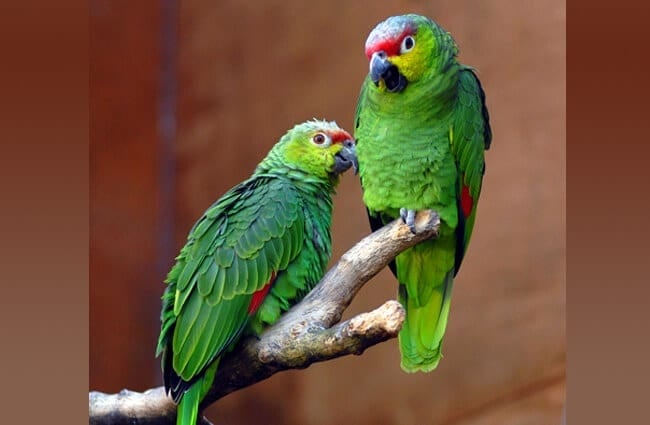

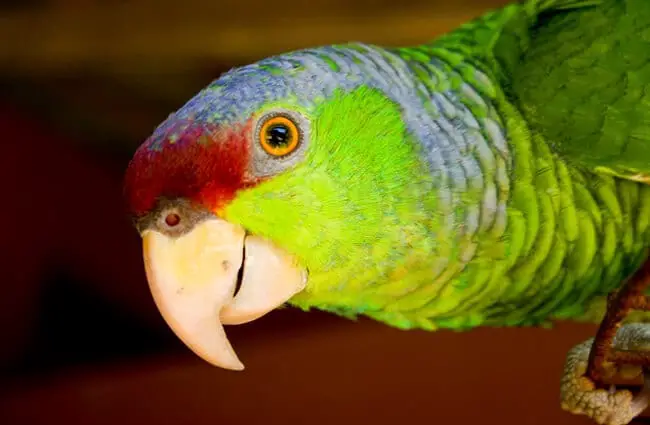
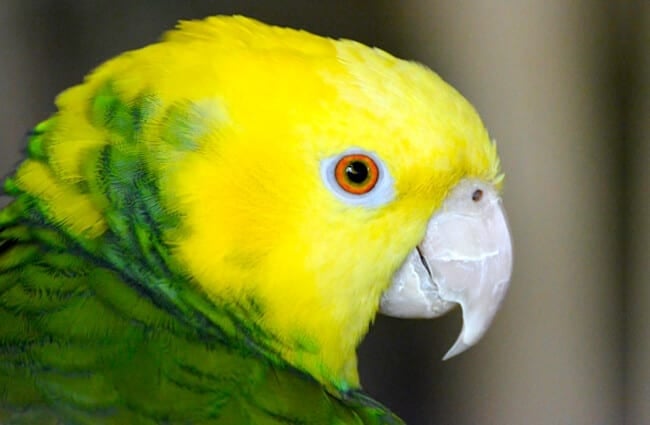
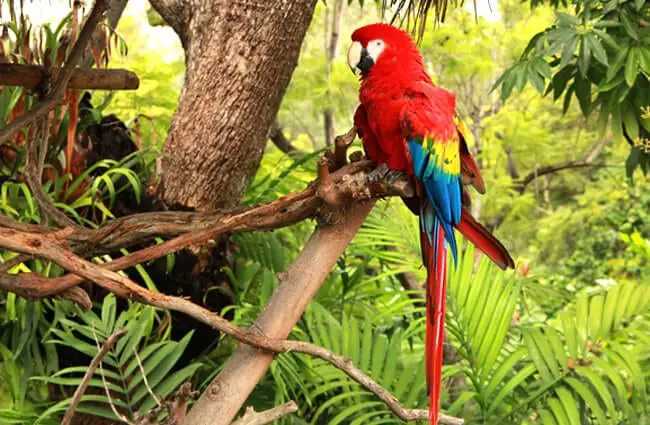
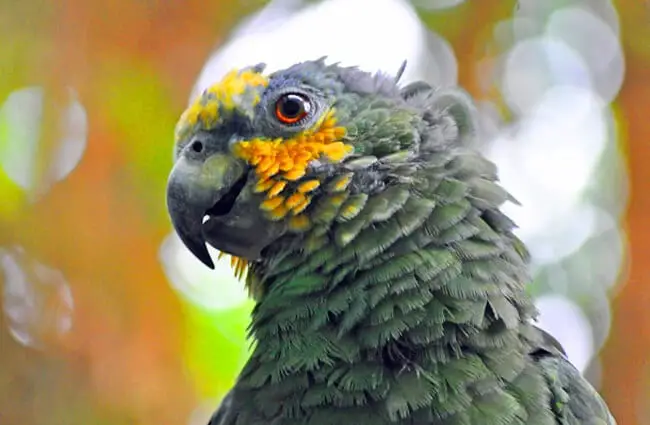
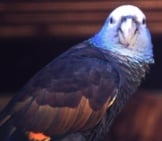

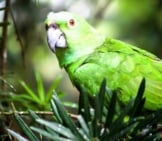
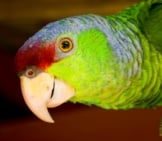

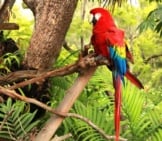

![Red Angus Closeup of a beautiful Red Angus cowPhoto by: U.S. Department of Agriculture [pubic domain]https://creativecommons.org/licenses/by/2.0/](https://animals.net/wp-content/uploads/2020/03/Red-Angus-4-238x178.jpg)


![Red Angus Closeup of a beautiful Red Angus cowPhoto by: U.S. Department of Agriculture [pubic domain]https://creativecommons.org/licenses/by/2.0/](https://animals.net/wp-content/uploads/2020/03/Red-Angus-4-100x75.jpg)

